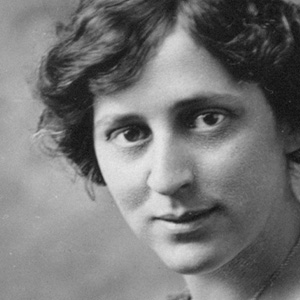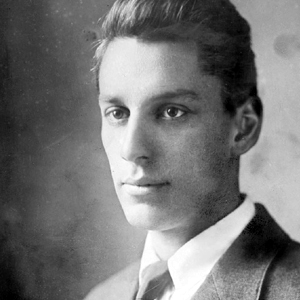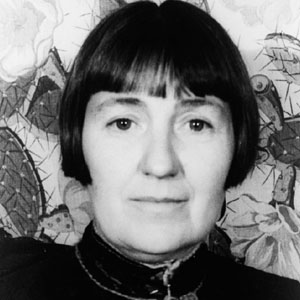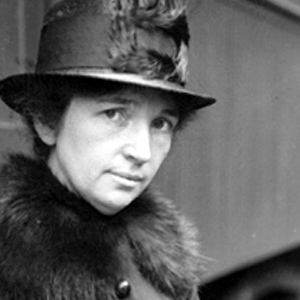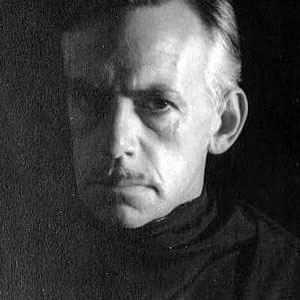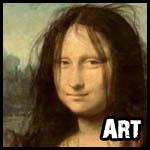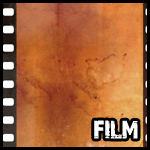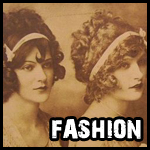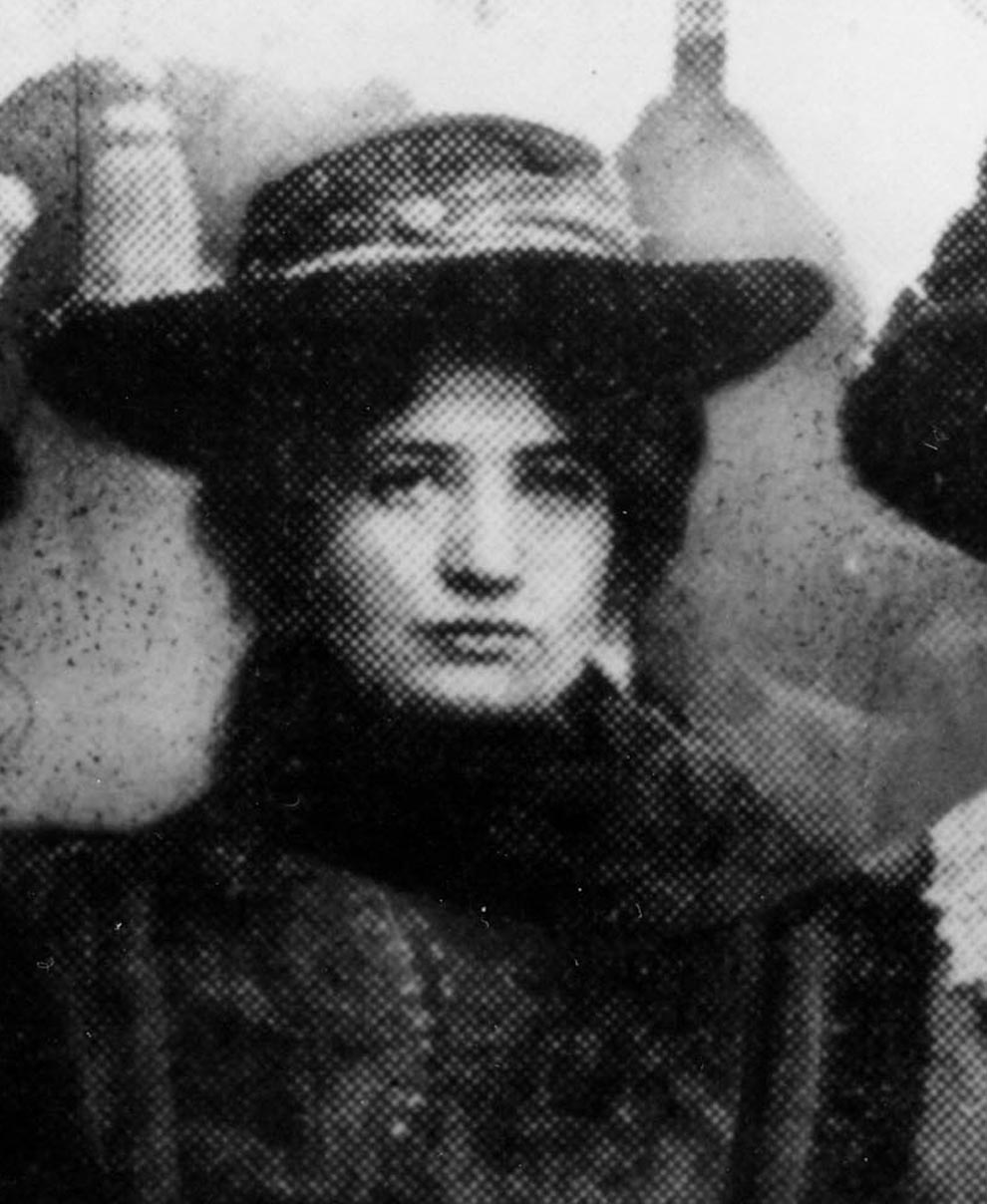
She was the daughter of a wealthy family who like many in her generation rebelled against her upper-class upbringing. Though she was more qualified than most of her 1902 graduating class at New York University, her law degree guaranteed little in a world where men still dominated life inside the courtroom. She turned her sights instead toward the tempest of the women's rights movement. Ida soon settled in the bohemnian hamlet of Greenwich Village. For the following two decades she would lead a whirlwind life in which she would make major contributions to the furtherment of issues spanning women's voting rights, birth control advocacy (arrested for distributing obsenity with Planned Parenthhod founder Maragret Sanger) and the the spread of socialist doctrine.
A fellow female friend and lawyer from NYU, Crystal Eastman, would shape the course of Rauh's future when she introduced her to her younger brother Max. The would eventually marry and together they would become major players in the birth of both modern theatre and the early 20th century underground press with both the Provincetown Players troupe and the radical publication, The Masses.
She would also find time to make major contributions to the organization of women's trade unions and related strike activities.
When Max and Ida wed in 1911, she maintained her fierce independence by keeping her maiden name much to the chagrin of much of society. She was a founding member of the women's club, Heterodoxy, which was an early and influential circle within the feminist movement.
After spending time abroad, she returned in 1912 to help Mabel Dodge organize her salon and was one of the attendees and participants of the legendary peyote party.
She witnessed the summer of 1915 in Provincetown for the Provincetown Players on the Cape before returning to Macdougal Street in Greenwich Village where she directed Eugene O'Neill's Where The Cross Is Made.
In 1920, she left the theatre to pursue art as a sculptor. One of her most famous pieces is that of a bust of author D.H. Lawrence which now resides in the Lawrence Memorial Library in New Mexico. 


(c) 2016 Motherlode.TV
|


